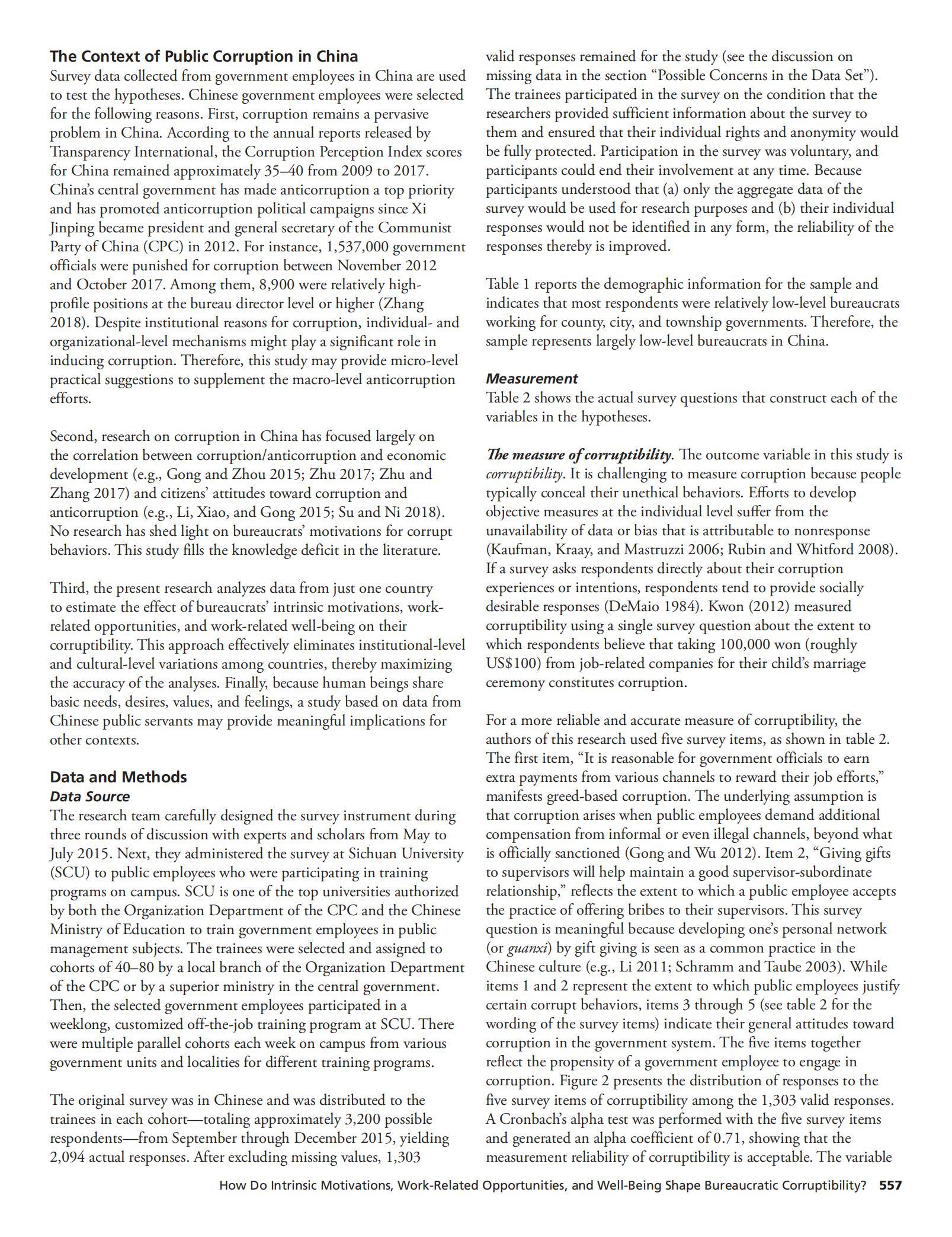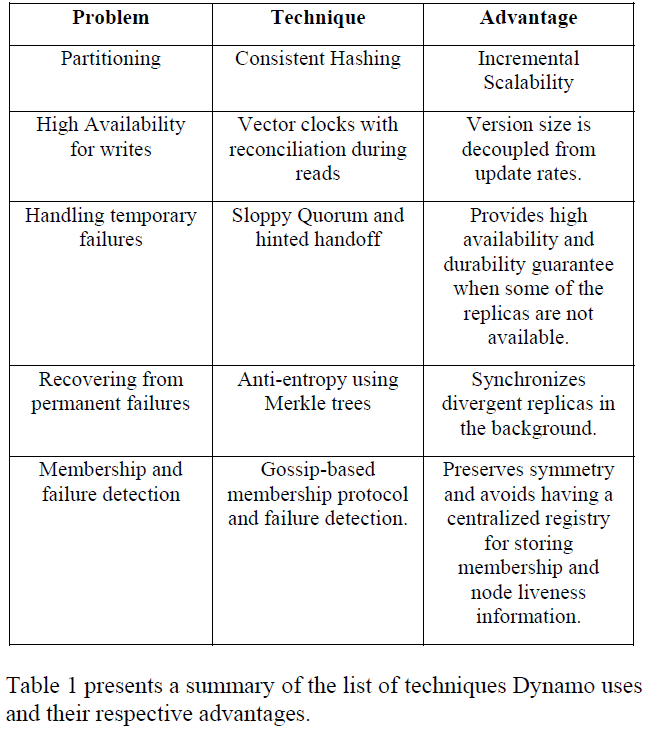Title: Mastering the Art of Tie Storage and Preservation: A Comprehensive Guide
As individuals, we all possess ties that hold special significance in our lives, whether it be a family heirloom, a cherished gift from a loved one or a symbol of achievement. However, as these items age, they can become delicate and require specific handling to maintain their integrity. This article serves as a comprehensive guide for mastering the art of tie storage and preservation. It covers various methods of storing ties, including hanging, folding, and vacuum sealing, and emphasizes the importance of using appropriate materials such as acid-free tissue paper or cloth bags to prevent damage to the threads. Additionally, the guide provides tips on how to determine the lifespan of a tie and when it may be time to retire it. By following these guidelines, you can ensure that your ties are preserved for generations to come and continue to hold their sentimental value.
As we navigate through the intricacies of modern life, one item that often gets overlooked is the humble necktie. This simple accessory, once considered a sign of formality and sophistication, has now evolved into a fashion statement in its own right. With this shift in perception, comes the responsibility to properly care for and store our neckties. In this comprehensive guide, we'll delve into the various methods of tie storage and preservation, ensuring that your neckties not only look their best but also last for years to come.

At its core, proper tie storage is about maintaining the integrity of the ties themselves. The frequent use and exposure to moisture can cause the fabric to become brittle and lose its shape. Additionally, direct sunlight can cause the colors in the tie to fade or bleed. Therefore, it is crucial to select an appropriate storage method that will protect your ties from these elements.
One of the most common ways of storing ties is in a tie rack. A well-designed tie rack allows you to neatly organize your collection while keeping them protected. These racks typically feature individual compartments that hold each tie separately, preventing any wrinkling or folding of the fabric. Some tie racks even have built-in lights that prevent the ties from being exposed to direct sunlight.
Another option for storing ties is in a drawer. While this method may seem less sophisticated, it can be quite effective if done correctly. When storing ties in a drawer, it's important to fold them neatly and avoid stacking them directly on top of each other. This will help to prevent any creases from forming in the fabric. Additionally, using a drawer organizer or tissue paper can help to further protect the ties from being crushed or damaged.
For those who prefer a more minimalistic approach, a tie box may be the perfect solution. These boxes are typically made of wood or cardboard and have a sleek, contemporary design. They come equipped with a lid that keeps your ties secure and protected from dust and debris.
Once you've selected the appropriate storage method for your ties, the next step is to ensure their longevity. One of the most effective ways to preserve the condition of your ties is to avoid exposing them to heat or moisture. This means that you should avoid hanging your ties in direct sunlight or near heating vents. If you must hang your ties outside, consider using a retractable tie rod or a covered area to protect them from rain or snow.

In addition to protecting your ties from environmental factors, it's also important to take proper care of them on a daily basis. This includes washing them regularly to remove any dirt or stains, as well as avoiding using harsh chemicals or abrasive cleaners that can damage the fabric. When washing your ties, use cold water and a gentle cycle, and avoid wringing or twisting them too tightly. Once they're clean, lay them flat to dry completely before folding them back up for storage.
Another essential step in preserving your ties is to keep them stored at the correct temperature. High humidity levels can cause the fabric to become stiff and uncomfortable to wear, while low temperatures can cause the colors in the fabric to fade. To combat this, consider investing in a humidifier or dehumidifier for your home environment. You may also want to consider storing your ties in a closet or drawer with a fan to circulate air and maintain a consistent temperature.
Finally, it's worth noting that some ties have special requirements when it comes to preservation. For example, silk ties should be stored away from heat and light to prevent fading, while woolen ties should be kept away from mothballs or other chemical deterrents that can damage the fabric. By paying attention to these details, you can ensure that your neckties remain in pristine condition for years to come.
In conclusion, mastering the art of tie storage and preservation requires a combination of careful selection, strategic placement, and consistent maintenance. By taking these steps, you can ensure that your neckties continue to look their best and serve as a lasting symbol of sophistication and style for years to come. So why not take the time to invest in a good quality tie rack or box today? Your future self will thank you for it.
Articles related to the knowledge points of this article::
Title: The Unsung Hero of Tianliao: The Story of the Famous Tongliao Tie
Title: The Art of Selecting the Perfect Tie
Title: The Art of Selecting the Perfect Wedding Tie
Top Brands for Womens Tie Pins and Shirts
Title: Womens Fashion: The Rise of the Tie-Dress and Plus-Size Brands



